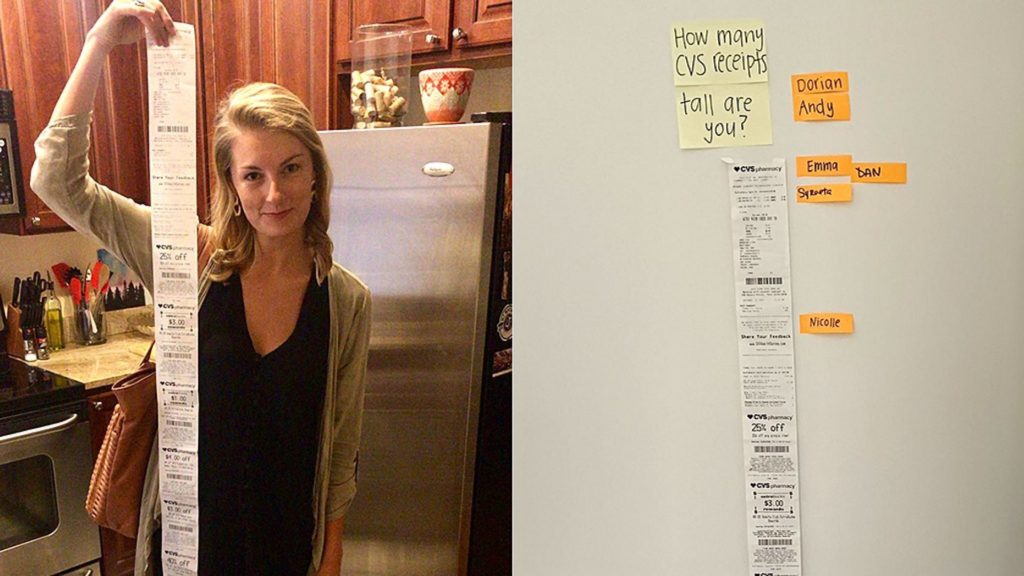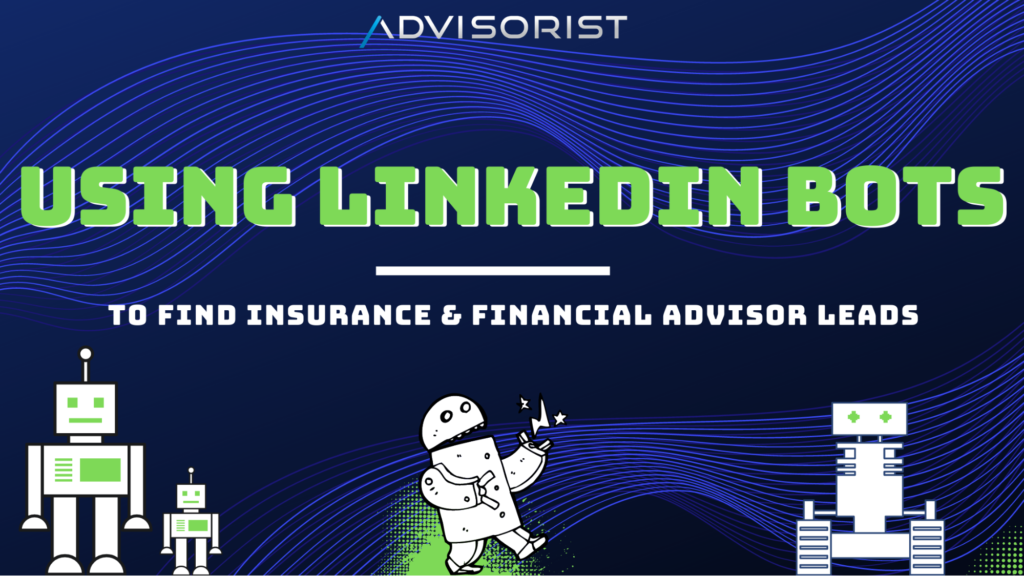
“The only joy in this hard life is serving others.” – Eleanor Roosevelt
The First Sip

Retirement for dogs?
Yeah…that’s a thing.
And I have to admit…it sounds like something I want to be a part of. 😆
At Marty’s Place in Upper Freehold, New Jersey, senior dogs enjoy a new “leash” on life by getting to live out their final years at a beautiful dog sanctuary – rather than a cramped shelter.
Some of the dogs that pass through do end up getting adoptive families, but the plan is to give each furry friend a permanent place to live – no matter what.

“When we commit to a dog that comes to Marty’s Place, they do have a forever home,” Doreen Jakubcak recently told ABC News.
Doreen is adamant that Marty’s Place is more than just a sanctuary for senior pups. It’s a family.
“That family consists of our dogs, our staff, and our volunteers,” she says. “Everybody that’s here truly embraces the dogs and truly cares about them like they’re their own personal dogs.”
That’s enough to put a heartwarming tear in this dog dad’s eye. 😍
1 Caffeinated Neurohack
Ever had a to-do list so long that it looked like a CVS receipt?

Listen…I hear ya!
Been there…
And here’s what I know from experience:
A random, haphazard approach doesn’t typically yield the best results.
You need an intentional plan.
Sometimes the best approach is to “eat the frog first” (like I discussed last week). Other times you’re better off using the “task snowball” approach.
The task snowball method is rooted in basic human psychology.
It says that, by tackling the smallest, easiest, and fastest tasks first, you feel more productive, build momentum, and stay motivated to keep chipping away.
With each task you cross off, there’s a small internal celebration. And each mini party brings a release of dopamine in the pleasure center of your brain (a.k.a. the nucleus accumbens).

Then by the time you get to the longer, more time-intensive tasks, you start thinking, “I’m almost done…I can do this…the end is in sight…”
Give the task snowball method a try next time you have a long to-do list and let me know how it works for you!
Marketing Psychology Quick Hit
If you strip good marketing down to the core, you’ll discover that – almost without exception – all effective marketing is based on storytelling.
And if you analyze the efficacy of storytelling, you’ll find that it stimulates imagination.
Thus if you want to be an effective marketer, you must learn to tell stories that cause a prospect’s imagination to run wild.
Lately, one of the more interesting trends I’ve noticed in marketing – outside of the financial services industry – is the emphasis on something I’m going to dub “haptic storytelling.”
Haptic storytelling is basically the act of telling stories in such a way that you coax people into imagining a tactile experience with your products and services.
This is fairly easy to do with physical goods.
For example, if you’re selling rain gear, you can make people feel the rain effortlessly rolling off their new jacket.

The same goes for food, tools, furniture, cars – anything physical.
But what about a whole life policy or financial planning?
Is there a way to leverage haptic storytelling to ignite your prospect’s imagination and establish a stronger connection?
According to a study from The Journal of Consumer Psychology, when a product’s “touch properties” are verbally described in accompanying content and marketing materials, there’s an uptick in conversion rates.
Interesting, right?
So that has me thinking…
Why can’t we use haptic details and tactile language to describe the services we sell in our industry?
Rather than selling financial planning services as something that maximizes return and provides peace of mind…
…why don’t you market it as a service that allows clients to spend more time relaxing at the beach…with their toes in the warm sand…and that crisp ocean breeze kissing their suntanned face?

You’re offering the same exact thing.
Except instead of using cryptic language like “peace of mind,” you’re helping them feel the results.
Little changes like this are what set successful brands apart from the pack.
Do This First Thing Monday AM

My personal mantra – and our mission here at Advisorist – is to be a force for good.
And while serving other people is the primary motivating factor, it’s nice to know that helping others has some personal benefits as well.
Research shows that doing just one kind thing for someone else – no matter how small – can instantly make you feel better.
Psychologists call these “acts of altruism,” but I simply call them “acts of kindness.”
So if Mondays tend to be a little rough for you, I’d encourage you to begin your day with a random act of kindness.
Bring your assistant a cup of coffee.
Wheel your neighbor’s trash can back in from the curb.
Call a family member just to say hello.
You’ll help someone else and simultaneously coax your brain into a happier place.
What’s New With Advisorist
[✏️] Brand New Stealth Strategy: Using LinkedIn Bots to Find Leads
Keep growing!
Jeremiah





